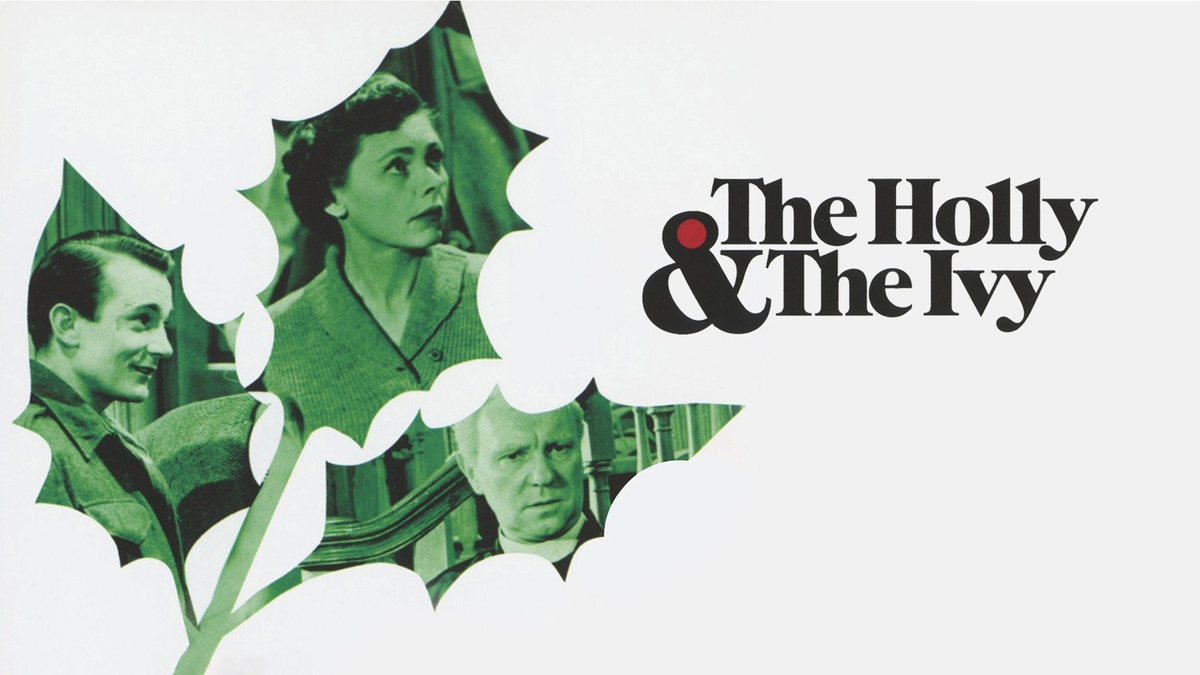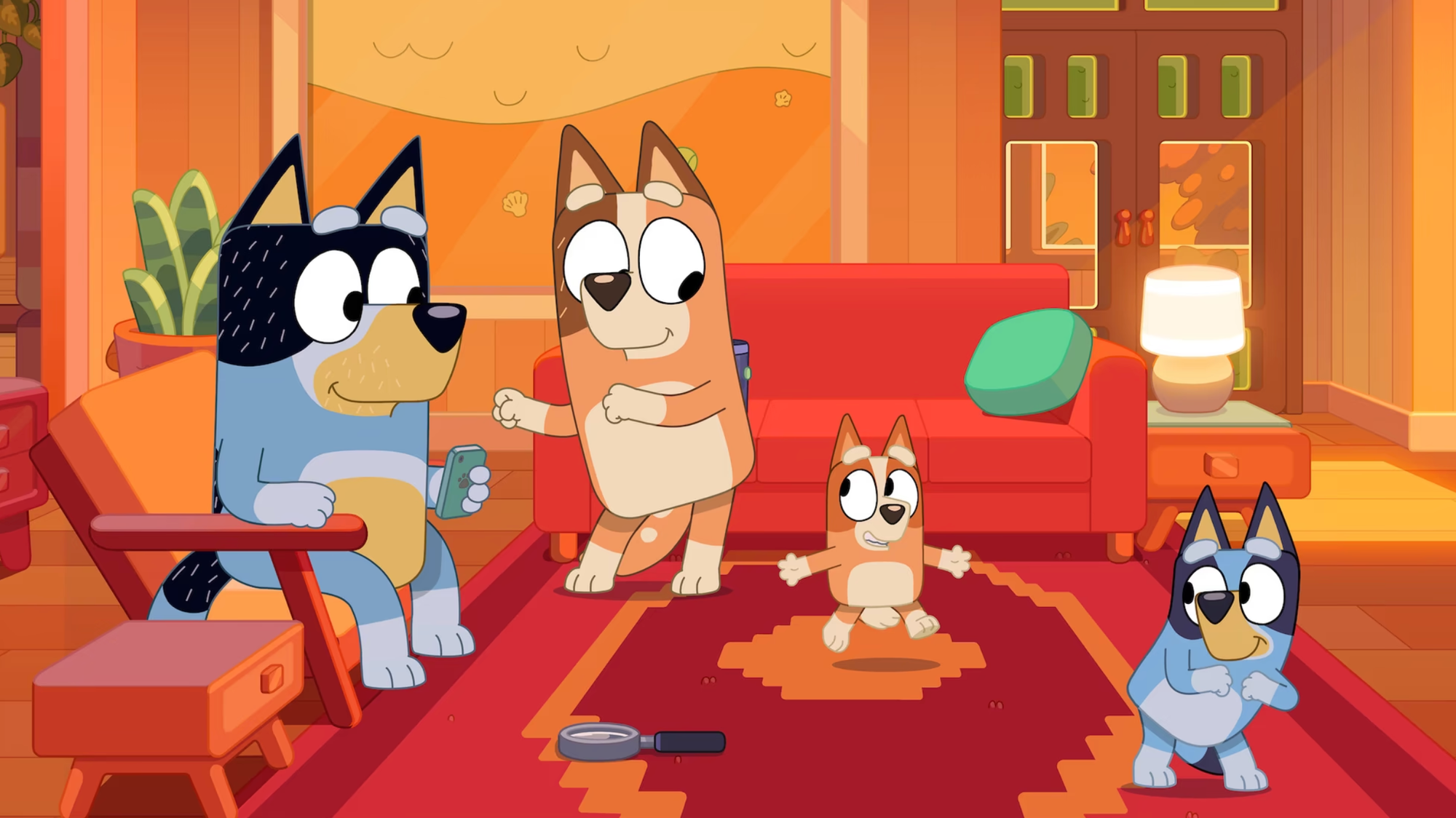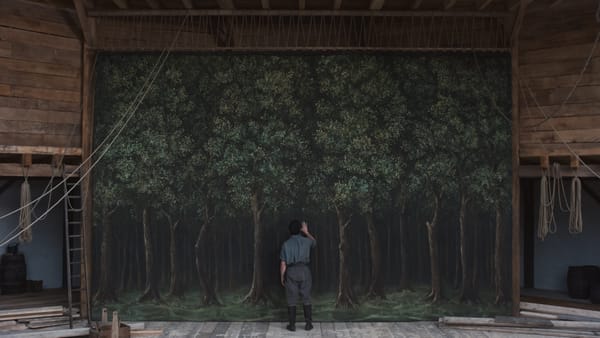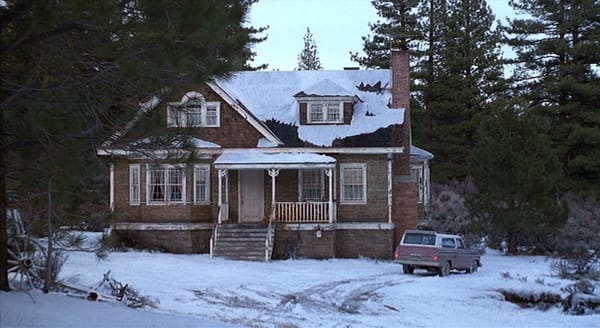The best Christmas movie you've (probably) never heard of
The Holly and the Ivy is both deeply old-fashioned and unexpectedly modern.

What makes a great Christmas movie? The answer, of course, will be highly specific to the individual, but there does seem to be a single, unifying factor that will form a thread between your choice and mine: A great Christmas movie is one you can draw solace and comfort from no matter how many times you watch it.
I have surely seen It's a Wonderful Life more times than I have any other movie, and the ways in which it speaks to me as I near middle age are so different from the ways in which it spoke to me as a teenager. Yet that is the joy of the Christmas movie, as surely as it's the joy of the year-end holidays. Both mark a waystation in the year, a place to take stock of who we are and where we've been.
Beyond that, though, your answer to "a great Christmas movie" might be wildly different from mine. Some viewers prioritize holiday cheer, while others love movies where the Christmas season is sprinkled atop a story about something else. For my part, I adore melancholy stories, where hope, if it arrives, has to be hard-won. It's a Wonderful Life, yes, but also A Charlie Brown Christmas and some of the grimmer Christmas Carol adaptations and The Royal Tenenbaums.
And British director George More O'Farrell's 1952 film The Holly and the Ivy, one of my favorite Christmas movies.
The Holly and the Ivy is a "the somewhat distant family all gets together for Christmas" movie, meaning it belongs to one of my favorite Christmas movie subgenres. Where American examples of the form (e.g. The Family Stone) emphasize boisterousness and comedic shenanigans, however, The Holly and the Ivy is extremely restrained, extremely repressed, and extremely... well... British. It's also a product of the period immediately following World War II, so it parses out the anxieties of the United Kingdom in the immediate wake of the Allied victory in that conflict. That quality makes it an interesting companion piece to It's a Wonderful Life, which similarly examines American anxieties stemming from the tumultuous first half of the 20th century.
Yet even amid its Britishness, The Holly and the Ivy has grown in my estimation in recent years simply because it's one of the few works of popular fiction that tackles questions of how one balances their love for God and their love for family when the two come into conflict. Considering how many families don't spend holidays together because one member or another has chosen self-righteous piety or judgmental fervor over unconditional love, The Holly and the Ivy feels weirdly prescient, despite how old-fashioned it is in most regards.
The story is simple enough. Martin (Ralph Richardson), an Irish minister beloved by his rural English parishioners, is ready to welcome his three children home for Christmas. All three, however, have secrets they are keeping from him, believing him to be so pious and judgmental that they cannot talk to him about their problems. Their minister father, they believe, is more invested in the lives of his congregation members than in the lives of his children.
Martin's sole son, Michael (Denholm Elliott), resents both his father's religion and the plans Martin has made for the boy. Indeed, Michael is now an atheist. Daughter Margaret (Margaret Leighton) has been living with Martin and caring for him in recent years, but she wants to marry her boyfriend and move to another country alongside him, something her father would surely never allow her to do. And Jenny (Celia Johnson) is an alcoholic who began drinking in the wake of a tragedy no one else in her family is even slightly aware of. (To say more about the nature of the tragedy would be to spoil the slender reed that is the film's plot.)
The Holly and the Ivy is based on a stage play, which means that it's a bit talky and that the characters can, from time to time, seem to exist mostly to fulfill thematic functions. But when actors this good are handling all that talkiness, you can forgive the film's occasional staginess. It also helps that the movie is just 80 minutes long; right when you're worried it might overstay its welcome, it plunges into the wholly satisfying climax. And the story has been opened up for the big screen to some degree, complete with a sequence in which a few of the characters go out to the local pub on Christmas Eve, the kind of holiday activity adult siblings have been doing together since the dawn of time, evidently.
When the movie gets stagey, also, it does so in moments that serve the material well. As the children begin to open up to their father – and he begins to realize how terrified they are of his judgment – the movie thrives in small, quiet moments between people finally being honest with one another, and a climactic scene between Richardson and Johnson earns the heartstrings it tugs because the movie has been so patient in reaching that emotional catharsis.
Not everything here will work for modern sensibilities. The final fate of a few of the characters always annoys me, and the movie does sort of treat atheism as an unfortunate thing one must get over to return to being a productive member of society (even if it falls just short of having any of its atheist characters recommit to Christianity or anything). Yet the story of a father who realizes, just before it's too late, that in holding to his faith so rigidly he's very nearly destroyed his relationship with the people who need him most, resonates especially well right now. If you, like me, feel like you have been cast aside by believers this holiday season, The Holly and the Ivy might be just the balm your soul needs.
The Holly and the Ivy is somewhat difficult to watch in the United States, though a 2019 Kino Lorber BluRay is a spectacular way to check it out. It also tends to air once or twice a year on Turner Classic Movies, and it will pop up from time to time on some of the smaller streaming services. At present, it's on Hoopla and Kanopy, which you may have access to through your local library.
Talk back to me: What's the Christmas movie you love that you're pretty sure nobody else has heard of? And would you like me to recommend more lesser-known Christmas movies in future newsletters? Tell me by replying to this email or by posting in comments! (Only paid subscribers can comment.)
Consider becoming a paid subscriber: For as little as $5 a month, you can support this newsletter and help keep it rolling. Paid subscribers get a weekly post on Fridays, access to comments, access to my Andor recaps, and a link to the Episodes Discord server. There will be some other fun treats along the way. Click the button to learn more!

Three things: Here's what I'm into right now!
- At some point in the past month, my kid became cognizant not just of glowing screens – those they have always loved – but of the fact that those screens could contain entertainments they might enjoy. We try to limit their screentime, like good parents, but we've also been traveling for the holiday, which means we've been having them watch a lot of Bluey, and allow me to be the 500th parent in your life to tell you that Bluey? It's good! Crisp and funny and poignant, it works simultaneously on different levels for children and adults, in the way something like My Neighbor Totoro or Calvin & Hobbes does. One thing I love about the program is how it feels a little wistful, like the memories the central Heeler family is making are already slipping away from them a little. Creator/head writer Joe Brumm never gets too heavy-handed with this, but the fact that Bluey and her younger sister Bingo are aging means the show has a built-in expiration date when both will simply be too old for gentle, playful stories about childhood. As to what my kid gets from the show, well, they mostly love the theme song, which is why, despite having two moms, their sixth word was "Dad!" and also why their seventh word was "Biga!" which we like to think means "Bingo." Maybe I'll write a full newsletter about Bluey someday; I clearly have a lot to say about it.
- Yiyun Li's 2022 novel The Book of Goose knocked me out, especially the final 20 pages. I don't think I've read anything that captures quite so well the ambiguous cruelty of friendships between young teen girls who might kinda sorta be in love with each other. The novel is told by Agnes, a young woman who is shocked to learn of the death of her childhood friend Fabienne. Slowly, Li unpeels the layers of Agnes and Fabienne's friendship and the remarkable art they created together and all the ways in which the world attempted to exploit that art for its own purposes. The book is not queer, but it's also not not queer, in that way I so often love stories about girls this age to be. Agnes and Fabienne live in a small French farming village in the early 1950s, and they don't entirely understand the intensity of their friendship. Is that just because they are kindred spirits who have found each other in an unforgiving world? Or is something more there? Li leaves just enough room for you to believe either – or both.
- Alas, I am addicted to Puzzmo, a site that every day provides a little suite of puzzles to solve. I especially love Flipart, which is kind of like stationary Tetris, and the site's daily crossword provides just enough of a challenge while rarely taking me so long to solve that it tanks my productivity.
This week's reading music: "End Credits" by Mark Mothersbaugh
The free edition of Episodes is published every other Wednesday, and the subscriber-supported edition of Episodes is published every Friday. It's written by Emily St. James, who covers whatever she feels like writing about, but if you have suggested topics, please reply to the email version of this newsletter or comment (if you are a paid subscriber).




